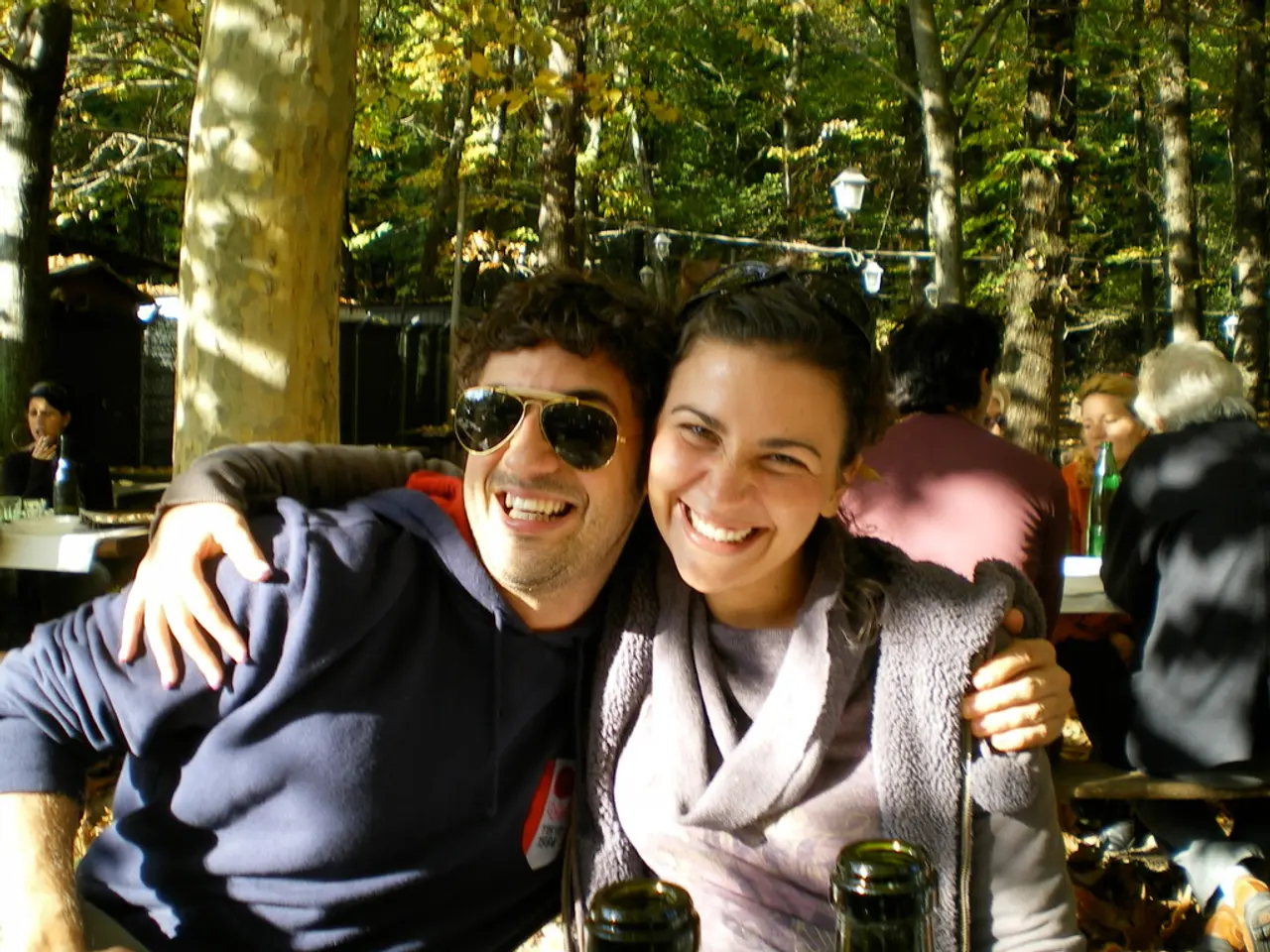Relationship Anxious Attachment: Characteristics & Causes
In the complex landscape of human relationships, one attachment style that often emerges is anxious attachment. This pattern, which can be traced back to infancy and follow individuals throughout their lives, is characterized by feelings of unworthiness, a fear of abandonment and rejection, and clingy behaviour.
Individuals with anxious attachment may find themselves constantly worrying about their relationships, especially fears of abandonment or rejection. They often need frequent reassurance from their partners, and their underlying fear of abandonment remains despite receiving reassurance. Clinginess and an intense desire for intimacy are also common, paradoxically coupled with anxiety about whether emotional needs will be met.
Anxious attachment can also manifest in hypervigilance to a partner’s moods or distancing behaviours, emotional instability in relationships, and difficulty managing autonomy and independence. Individuals with this attachment style may struggle with knowing or showing the real version of themselves, masking true feelings due to fear of vulnerability, causing conflict by acting defensively or in provocative ways, and often attracting partners with insecure attachment styles.
Common signs and behaviours of anxious attachment in romantic relationships include constant worry about the relationship, needing frequent reassurance, clinginess, hypervigilance to partner’s moods or distancing behaviours, emotional instability, difficulty managing autonomy, and a history of unstable or rocky relationships.
However, there is hope for those struggling with anxious attachment. Understanding the origins of this attachment style can help contextualize these fears and begin the healing process. Developing secure coping strategies, learning to self-soothe and regulate anxiety, communicating openly and vulnerably, building self-worth and self-compassion, and seeking professional support through therapy can all contribute to overcoming anxious attachment.
Treatments like cognitive-behavioral therapy (CBT), dialectical behavior therapy (DBT), or attachment-based therapy can help reshape core beliefs around abandonment and rejection while improving emotional regulation. Mindfulness and emotional awareness can also play a significant role in preventing emotional escalation.
Self-soothing techniques, such as thinking positively, focusing on being the hero of one's own story, and addressing the root pain of fear of loss through healing the inner child, can be powerful tools in the journey towards a more secure attachment style.
In summary, anxious attachment manifests as an intense fear of abandonment, need for reassurance, hypersensitivity to a partner’s behaviour, and difficulties with intimacy and emotional regulation. Healing it requires a combination of self-understanding, communication, emotional regulation skills, and often professional support to build a more secure and balanced attachment style.
Recognizing one's attachment style can also be beneficial for individuals and couples in relationships, particularly those with anxious attachment. Understanding triggering behaviours and having patience in the process of moving towards a secure attachment style can lead to healthier, more fulfilling relationships.
- The fear of abandonment and rejection in relationships, which characterizes anxious attachment, can lead individuals to constantly seek reassurance from their partners.
- In addition to fear and worry, anxiety-attached individuals might show signs of clinginess and an intense desire for emotional intimacy, even as they harbor anxieties about meeting these needs.
- The complexities of anxious attachment often extend to emotional instability, difficulty managing autonomy and independence, and a history of unstable or rocky relationships.
- Although anxious attachment can present challenges, understanding its origins and learning coping strategies, emotional regulation, and self-compassion can all contribute to the healing process.
- Therapeutic approaches like cognitive-behavioral therapy (CBT), dialectical behavior therapy (DBT), or attachment-based therapy can be effective in reshaping core beliefs around abandonment and rejection while improving emotional regulation.
- Mindfulness and emotional awareness are essential components in preventing emotional escalation and managing anxious attachment more effectively.
- Developing secure coping strategies, improving self-soothing, and building self-worth can be powerful tools in the journey towards a more secure attachment style.
- Addressing the root pain of fear of loss by healing the inner child through self-soothing techniques can aid in the transformation of anxious attachment style into a more secure one.
- Secure attachment is crucial for sustainable and fulfilling relationships, with personal growth and mental health being integral elements of a healthy lifestyle and education-and-self-development.
- Recognizing one's attachment style and being patient in the process of moving towards a secure attachment style can lead to improved relationships and overall better health-and-wellness.




